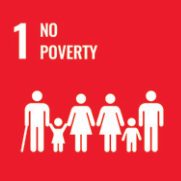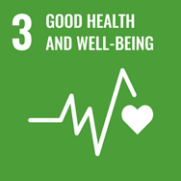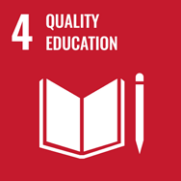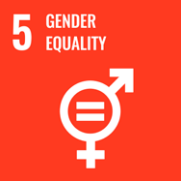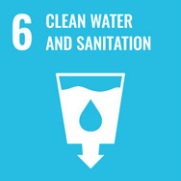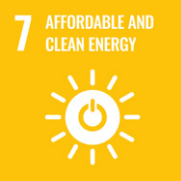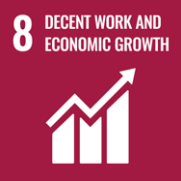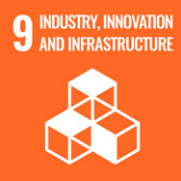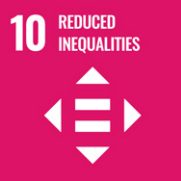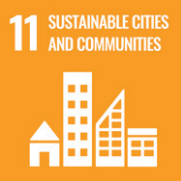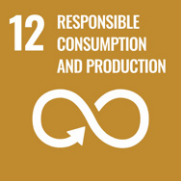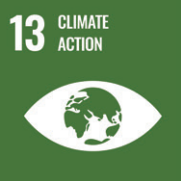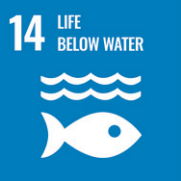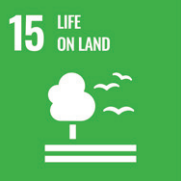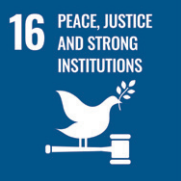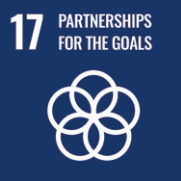SDG Goals
Zero Hunger
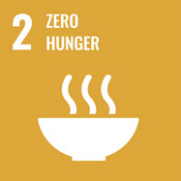

Goal 2: Zero Hunger
By almost half in the past two decades, the number of undernourished people has dropped because of rapid economic growth and increased agricultural productivity.
Nutritional needs can now meet in many countries that used to suffer from famine and hunger. In eradicating extreme hunger, few regions like Central and East Asia, Latin America and the Caribbean have all made a huge progress.
Development in many countries, unfortunately, there is a huge barrier to extreme hunger and malnutrition.There are almost 821 million people who have estimated to be chronically undernourished as reports suggest; taken in the year 2017. This is often seen as a direct consequence of environmental degradation, drought and also biodiversity loss. Under the age of five, over 90 million children are dangerously underweight. In almost all regions of Africa, as well as in South America undernourishment and severe food insecurity appear to be increasing.
By 2030, making sure all people–especially children–have sufficient and nutritious food all year, the SDGs aim to end all forms of hunger and malnutrition. Promoting sustainable agriculture, supporting small-scale farmers and equal access to land, technology and markets is involved in this. To ensure investment in infrastructure and technology to improve agricultural productivity, it also requires international cooperation.
Facts and Figures:
Everyone is needed to reach these ambitious targets.- 1 1 in 8 More than 1 in 8 adults is obese.
- 2 63% - In 2017 Asia accounted for nearly two thirds, 63 percentof the world's hunger.
- 3 821 million - The number of undernourished people reached 821 million in 2017.
- 4 1 in 3 1 in 3 women of reproductive age is anemic.
- 5 26% of workers are employed in agriculture
- 6 22% Nearly 151 million children under five, 22 percent, were still stunted in 2017.

